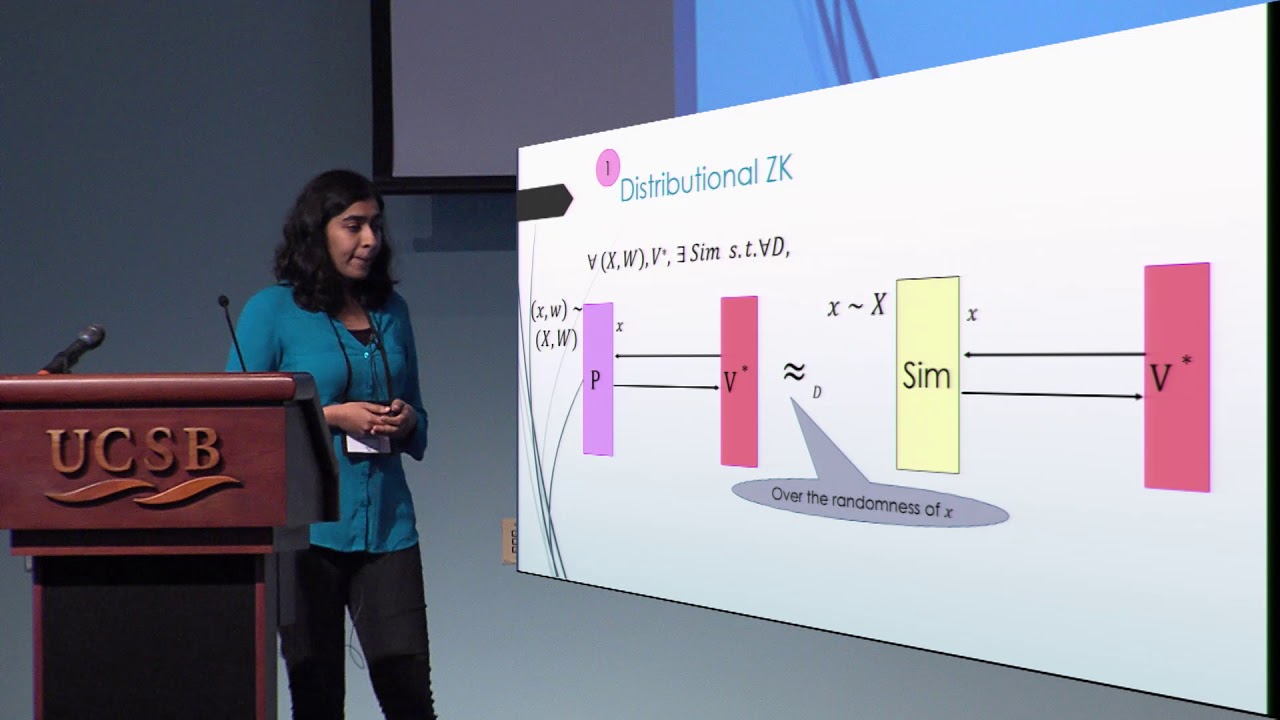Welcome to the resource topic for 2017/330
Title:
Distinguisher-Dependent Simulation in Two Rounds and its Applications
Authors: Abhishek Jain, Yael Tauman Kalai, Dakshita Khurana, Ron Rothblum
Abstract:We devise a novel simulation technique that makes black-box use of the adversary as well as the distinguisher. Using this technique we construct several round-optimal protocols, many of which were previously unknown even using non-black-box simulation techniques: - Two-round witness indistinguishable (WI) arguments for \NP from different assumptions than previously known. - Two-round arguments and three-round arguments of knowledge for \NP that achieve strong WI, witness hiding (WH) and distributional weak zero knowledge (WZK) properties in a setting where the instance is only determined by the prover in the last round of the interaction. The soundness of these protocols is guaranteed against adaptive provers. - Three-round two-party computation satisfying input-indistinguishable security as well as a weaker notion of simulation security against malicious adversaries. - Three-round extractable commitments with guaranteed correctness of extraction from polynomial hardness assumptions. Our three-round protocols can be based on DDH or QR or N^th residuosity and our two-round protocols require quasi-polynomial hardness of the same assumptions. In particular, prior to this work, two-round WI arguments for NP were only known based on assumptions such as the existence of trapdoor permutations, hardness assumptions on bilinear maps, or the existence of program obfuscation; we give the first construction based on (quasi-polynomial) DDH. Our simulation technique bypasses known lower bounds on black-box simulation [Goldreich-Krawcyzk’96] by using the distinguisher’s output in a meaningful way. We believe that this technique is likely to find more applications in the future.
ePrint: https://eprint.iacr.org/2017/330
Talk: https://www.youtube.com/watch?v=0wjRZ-B34KY
See all topics related to this paper.
Feel free to post resources that are related to this paper below.
Example resources include: implementations, explanation materials, talks, slides, links to previous discussions on other websites.
For more information, see the rules for Resource Topics .
